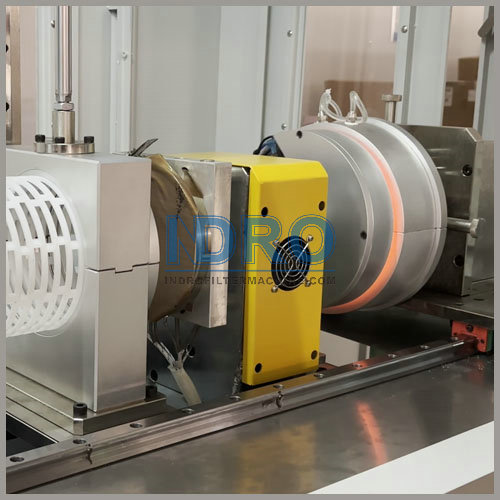| Feature | High Flow Filter Cartridges | Standard Filter Cartridges |
|---|---|---|
| Flow Rate | Higher (up to 300 GPM or more) | Moderate (typically up to 50 GPM) |
| Filter Surface Area | Increased surface area | Limited surface area |
| Application | Industrial, municipal, and commercial | General residential use |
| Material Options | Polypropylene, stainless steel, etc. | Fiberglass, paper, etc. |
| Replacement Frequency | Lower frequency, depending on load | Higher frequency due to clogging |

| Welding Technique | Advantages | Ideal For |
|---|---|---|
| Ultrasonic Welding | Fast, efficient, and clean | Low-density applications |
| Hot Plate Welding | Stronger joints, versatile | Heavy-duty applications |
| Laser Welding | High precision, minimal thermal impact | Thin materials and delicate structures |
| Infrared Welding | Stronger, high precision, clean, smooth | Top quality filters |